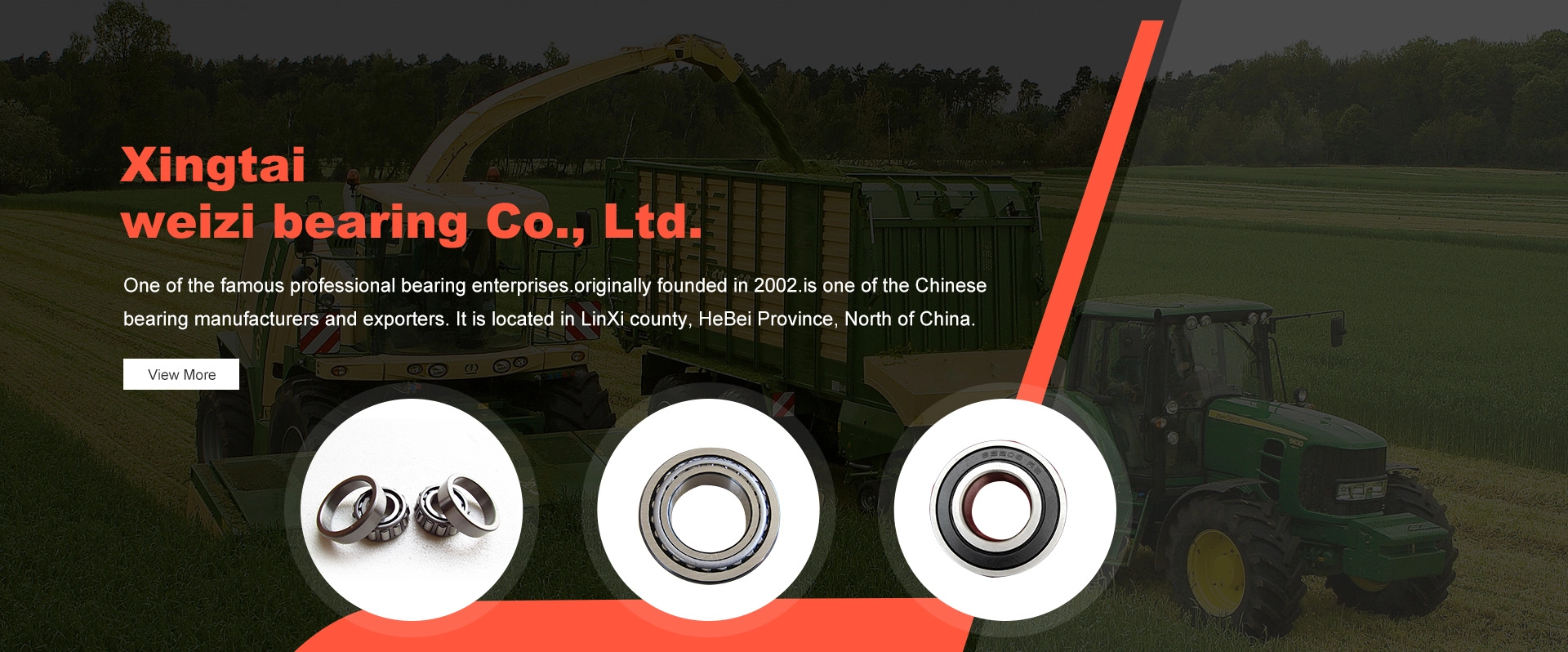
Dec . 20, 2024 15:46 Back to list
thrust ball bearings single direction
Understanding Thrust Ball Bearings A Focus on Single Direction Applications
Thrust ball bearings are crucial components in a variety of mechanical systems, enabling the effective management of axial loads. Unlike other types of bearings that handle radial loads, thrust ball bearings are designed specifically to accommodate forces acting in a single direction along an axis. This article delves into the characteristics, applications, and advantages of single direction thrust ball bearings.
What Are Thrust Ball Bearings?
Thrust ball bearings consist of a ball cage, two rings (the shaft ring and the housing ring), and balls that are situated between them. They enable the rotation of one component relative to another while supporting axial loads. Thrust ball bearings are primarily categorized into two types single direction and double direction. As the name suggests, single direction thrust ball bearings support loads from one direction only, making them ideal for applications where forces are unidirectional.
Design Features
The design of single direction thrust ball bearings focuses on minimizing friction while ensuring high load-carrying capacity. The balls are held in place by the cage, which maintains even spacing and prevents the balls from colliding with one another, thereby ensuring smooth operation. Typically crafted from high-quality steel or ceramic materials, these bearings are engineered for durability and longevity.
When it comes to installation, single direction thrust ball bearings can be adjusted to include a specific axial clearance, allowing for thermal expansion and operational flexibility. The accurate fit between the bearing rings and the shaft is critical in preventing undue wear and extending the bearing’s service life.
Applications of Single Direction Thrust Ball Bearings
Single direction thrust ball bearings are employed in a wide array of applications. Common uses include
thrust ball bearings single direction

2. Industrial Machinery Various machinery, including lathes and milling machines, utilize single direction thrust ball bearings to handle the axial loads presented during operation.
3. Automotive Applications In vehicle engineering, these bearings are used in specific components, such as the clutch assembly or transmission systems, where axial forces are prominent.
4. Aerospace The aerospace industry uses thrust ball bearings in specific applications where reliability and performance are paramount, such as in landing gear systems.
5. Wind Turbines Certain parts of wind turbine assemblies benefit from the unique load-handling capabilities of thrust ball bearings, ensuring smooth operation under heavily loaded conditions.
Advantages
One major advantage of single direction thrust ball bearings is their ability to withstand high axial loads while maintaining a low coefficient of friction, resulting in increased efficiency. Their simple design allows for easy installation and maintenance, making them user-friendly for engineers and technicians.
Additionally, they offer versatility in operation; despite being primarily designed for one directional load, they can still perform effectively in various configurations, which broadens their applicability in different mechanical systems.
Conclusion
Single direction thrust ball bearings play an essential role in the engineering and mechanical sectors. Their unique design and functionality enable them to efficiently handle axial loads in numerous applications. By understanding the features and benefits of these bearings, engineers and designers can make informed decisions that optimize performance and reliability in their systems. As technology advances, the design and applications of thrust ball bearings are likely to evolve, further enhancing their contribution to modern engineering solutions.
Latest news
-
Premium Deep Groove Ball Bearings | High Speed & Reliability
NewsAug.29,2025
-
Durable Scaffolding Clamps - Secure & Reliable Tube Connectors
NewsAug.28,2025
-
Common Failures in Thrust Ball Bearings and Solutions
NewsAug.22,2025
-
How Tapered Roller Bearings Can Take Shock Loads
NewsAug.22,2025
-
Angular Bearings in High-Precision Spindles
NewsAug.22,2025
-
The Impact of Misalignment on Cylindrical Roller Bearing Performance
NewsAug.22,2025
